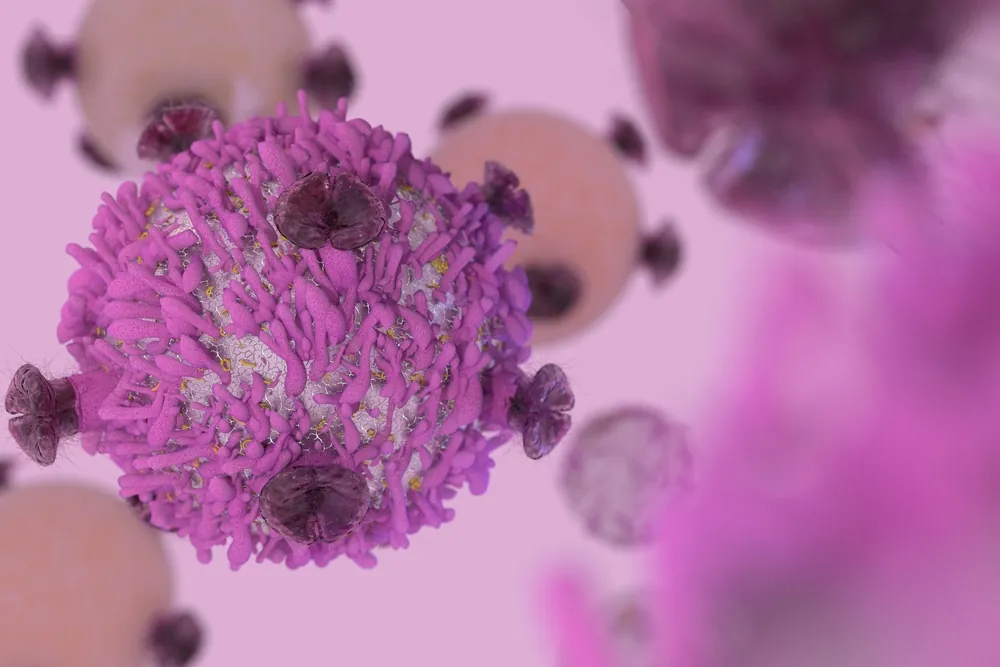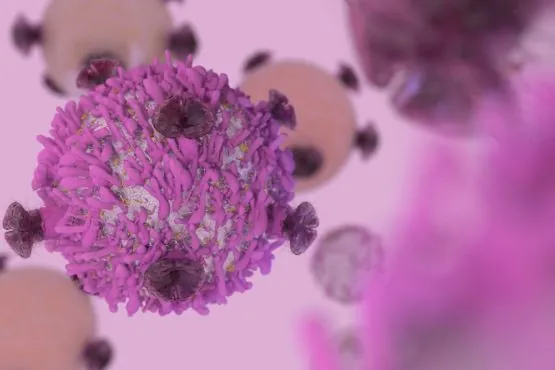In a new study, researchers propose that TIGIT is a marker of T cell senescence and exhaustion in the immune system [1]. However, not only is TIGIT just a biomarker, it is also a potential therapeutic target; as the researcher team discovered, lowering levels of TIGIT resulted in the restoration of some lost function in T cell populations that were experiencing high levels of senescence and exhaustion.
Aging is associated with immune dysfunction, especially T-cell defects, which result in increased susceptibility to various diseases. Previous studies showed that T cells from aged mice express multiple inhibitory receptors, providing evidence of the relationship between T-cell exhaustion and T-cell senescence. In this study, we showed that T-cell immunoglobulin and immunoreceptor tyrosine-based inhibitory motif (ITIM) domain (TIGIT), a novel co-inhibitory receptor, was upregulated in CD8+ T cells of elderly adults. Aged TIGIT+ CD8+ T cells expressed high levels of other inhibitory receptors including PD-1 and exhibited features of exhaustion such as downregulation of the key costimulatory receptor CD28, representative intrinsic transcriptional regulation, low production of cytokines, and high susceptibility to apoptosis. Importantly, their functional defects associated with aging were reversed by TIGIT knockdown. CD226 downregulation on aged TIGIT+ CD8+ T cells is likely involved in TIGIT-mediated negative immune suppression. Collectively, our findings indicated that TIGIT acts as a critical immune regulator during aging, providing a strong rationale for targeting TIGIT to improve dysfunction related to immune system aging.
A recipe for disaster
An aged immune system is rife with dysfunction, with too many senescent and exhausted cells causing inflammation and not doing their jobs properly. Many immune cells become specialized to deal with persistent viruses, such as cytomegalovirus, which takes up immune space. This all adds up to a recipe of increasing dysfunction and decline as we age and ultimately leaves us vulnerable to pathogens and infections.
It has been suggested by some researchers that the problem lies with these dysfunctional immune cells and that removing them could be a potential approach to restoring efficient function to the immune system. This would be the same approach as removing senescent cells from any other tissue, and the use of senolytics, drugs that induce cell death in target senescent cells, could also be the solution here.
Another option could be to completely remove the immune system and start over; although while this is currently possible and has been done in some patients undergoing organ transplants, it is a risky procedure and not safe enough to be used in older people. Presently, the method for doing this is to use high doses of immunosuppressive drugs followed by cell therapy to repopulate the immune system. This approach has also been used to treat the autoimmune condition of multiple sclerosis, but the risks are high.
Conclusion
Senescent cells are without a doubt one of the reasons we age, so the discovery of TIGIT as a biomarker is promising. Senescent cells age us by contributing to the background of chronic inflammation known as inflammaging, so their removal is a solid strategy for improving tissue health and preventing diseases.
Now that TIGIT has been identified as a potential therapeutic target, companies like Oisin Biotechnologies could potentially use their programmable gene therapy to attack senescent immune cells. Systems like this also have an advantage over traditional small molecules, as they are faster to configure and deploy against a target gene without the off-target side effects that drugs have.
References
[1] Song, Y., Wang, B., Song, R., Hao, Y., Wang, D., Li, Y., … & Kong, Y. (2017). T‐cell Immunoglobulin and ITIM Domain Contributes to CD8+ T‐cell Immunosenescence. Aging Cell.



